Amphibian
Population Declines
Nearly one-third of the world’s more than 8,680 species of amphibians are threatened with extinction or are already extinct. Habitat loss is the most obvious reason for population declines; if forests are cut down and wetlands are filled in, the species depending on those forests and wetlands vanish also.
However, amphibians have been experiencing catastrophic population crashes around the world, often in remote, protected areas and within a single year. The speed and magnitude of these catastrophic declines are much more dramatic than those described for birds, mammals, or reptiles.
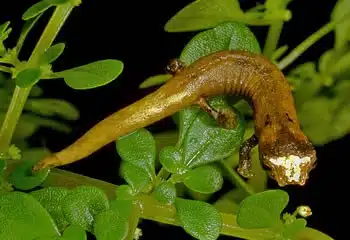
The causes of these declines are numerous and complicated, and in any case might include habitat alteration, disease, climate change, pollution, collection by humans, or even a thinned ozone layer in our atmosphere. Sometimes the cause is obvious – over 95% deforestation of tropical dry forests where we work in western Ecuador being the glaringly clear reason for amphibian disappearance.
However, for many sudden amphibian population crashes around the world, a virulent fungus may be responsible This fungal pathogen, Batrachochytrium dendrobatidis (Bd), causes the infectious disease chytridiomycosis (say it: kit-rid-ee-oh-my-coh-sis) in amphibians. Some observations in Central America have shown that when the fungus moves into a new area, the impact is dire: more than 50% of the local amphibian species are completely locally extinct within 6 months, and the remaining species persist at only 20% of their former population levels.
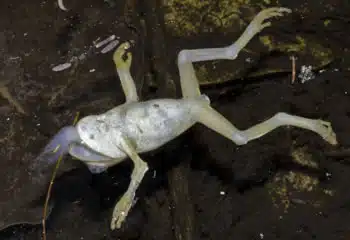
Scientists are racing to understand more about this fungal disease, and what can be done to save amphibians. One part of Bd‘s life cycle is aquatic, where swimming fungal spores attach and burrow into the skin of their amphibian host. Although these spores infect just the superficial layers of skin, amphibians rely on their skin for breathing and for electrolyte transport. Once the fungal infection is severe enough, the skin is no longer able to properly transport electrolytes required for the heart to function and the animal dies. However, not all amphibians are equally susceptible; a few species like the American bullfrog appear to be quite resistant to Bd and may be acting as carriers. It is not yet known whether there are alternative hosts for Bd, or exactly how it is transported in nature (other than by infected amphibians). But, one thing we do know is that humans are moving amphibians around and they are carrying disease with them as they go.
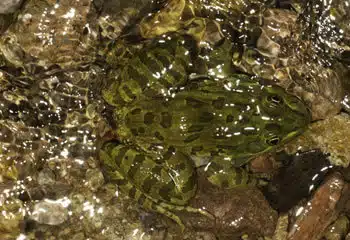
Why should we care about this tremendous loss of amphibian biodiversity just within the past 30 years? Amazingly, amphibians may help save the world from the depletion of fossil fuels; researchers have recently designed a novel artificial photosynthesis system from a protein in the foam nest of the túngara frog. The system can produce up to 10 times more biofuel per hectare than plant-based systems do, and can be used on rooftops and non-cultivatable land. For another, amphibians produce many unique compounds in their skin that may have medical relevance to humans. One such compound, epibatidine (derived from a poison dart frog Epipedobates anthonyi), is an analgesic 200 times more potent than morphine. Every year, almost 200 new species of amphibians are described, especially from poorly known tropical areas. What we know about amphibians is just the tip of the iceberg; how many species are being wiped out before scientists can even describe them, let alone decipher what help they might be to humans?
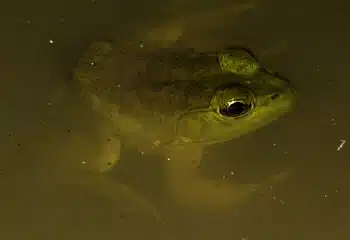
Amphibians are also key components in ecosystem food webs. Amphibians are unique among vertebrates in that most species have biphasic lifestyles (aquatic larvae and terrestrial adults), and thus they serve as both predator and prey in aquatic as well as terrestrial habitats. Tadpoles (larval frogs) play important roles in controlling aquatic vegetation levels; streams that have lost tadpoles can become choked with vegetation. Salamanders and frogs consume insect pests such as springtails, mites, and mosquito larvae; a single mole salamander (Ambystoma talpoideum) can eat up to about 900 mosquito larvae in a day. In some forests, amphibians contribute the highest percentage of vertebrate biomass, making them important prey items for many other species. Loss of amphibians thus has a cascading impact on ecosystem food webs.
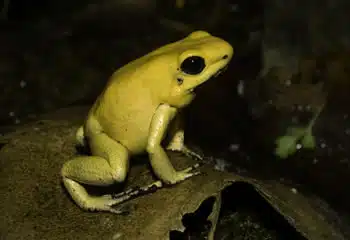
Also, think about your resource use. The decisions you make in your home can affect animals on the other side of the globe. For instance, beef consumption encourages deforestation or cattle pasture, as well as increase greenhouse gasses that lead to global warming.
Help us understand what is happening to amphibians. Get involved and help secure the fates of amphibians worldwide!
Text by Kellie Whittaker, University of California Berkeley
Cameras and Gear for Conservation
Donate
TBG Store
Threatened & Endangered Species
Climate Change
Reptiles
Insects
Amphibians
Did You Know?
Snakes like boas and rattlesnakes have heat sensing organs on their faces to detect warm-blooded prey.
Beetles (Order Coleoptera) constitute the largest group of animals in the entire Animal Kingdom. Some 400,000 species have been described.
Many salamanders have no lungs at all and rely on breathing completely through their skin.
The word “bug” actually refers to a specific group of insects that include bedbugs, cicadas, leafhoppers and aphids. To prevent confusion, these creatures are sometimes known as “true bugs”.
Even though reptiles and amphibians are sometimes called “cold-blooded” they actually get heat from their surroundings and can be a lot warmer than so-called “warm-blooded” animals like mammals and birds.
The most toxic animal on earth, the golden poison frog, was once used to coat poison darts by indigenous peoples in what is now Colombia. A single frog holds enough toxin to kill 20,000 mice!
Toxin from a poison frog is now being used to develop a powerful new pain-reliever.
Gila monster venom was used to create perhaps the best treatment for diabetes available today.
What We’re Doing
The Biodiversity Group seeks to document and to help preserve this amazing diversity, both for the sake of humankind and for amphibians themselves. All are interesting, whether exquisite and colorful or shyly camouflaged, and all deserve our help
What You Can Do
First, don’t buy wild-caught amphibians. Doing so only depletes natural populations, but is the biggest contributor to spreading diseases and introduced species around. If you do want a pet amphibian, make sure it is captive-bred.